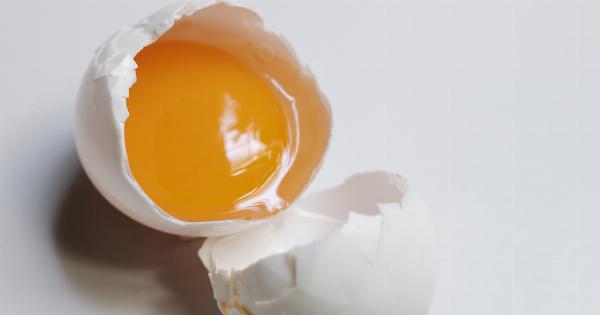When it comes to salt, there are numerous varieties available in the market. Two of the most popular options are sea salt and table salt. While they may seem similar, there are significant differences between the two.
This comprehensive guide aims to help you understand the distinctions and make an informed choice between sea salt and table salt.
What is Sea Salt?
Sea salt is obtained by evaporating seawater, resulting in natural salt crystals. It is primarily composed of sodium chloride, but it also contains traces of other minerals such as magnesium, calcium, and potassium.
The specific composition of sea salt can vary depending on the location from which it is harvested.
What is Table Salt?
Table salt, on the other hand, is produced by mining underground salt deposits. It undergoes extensive processing, including refining and the addition of anti-caking agents.
As a result, table salt is almost pure sodium chloride, with most of the impurities removed.
Texture and Appearance
Sea salt typically has a coarser texture and larger crystals compared to table salt. Its granules are irregular and vary in size. Table salt, on the other hand, is finely ground and appears as small, uniformly shaped grains.
The difference in texture can affect the way these salts dissolve and interact with food.
Flavor
Many people consider sea salt to have a more distinct and complex flavor compared to table salt. The additional minerals present in sea salt can contribute to its taste, imparting subtle nuances and enhancing the overall flavor of dishes.
Table salt, due to its purity, is considered to have a milder taste.
Usage in Cooking
Both sea salt and table salt can be used in cooking, but their properties make them suitable for different purposes. Sea salt is often used as a finishing salt, added to dishes just before serving to enhance their flavors.
Its coarse texture and crunch can provide a delightful contrast in certain foods, such as salads or roasted vegetables.
Table salt, on the other hand, is commonly used during the cooking process. Its fine texture allows it to dissolve more quickly and evenly in liquids, ensuring even distribution of saltiness in soups, stews, or sauces.
Table salt is also the preferred choice for baking, as it blends seamlessly with other ingredients.
Nutritional Content
In terms of nutritional value, sea salt and table salt are quite similar. Both primarily consist of sodium chloride, which is essential in maintaining fluid balance and nerve function in the body.
However, sea salt contains a slightly lower sodium content per weight compared to table salt. Additionally, sea salt contains trace amounts of minerals that might offer some health benefits, although these minerals are not present in significant quantities.
Health Considerations
While salt is a staple in many diets, excessive consumption can lead to health issues, particularly high blood pressure.
The American Heart Association recommends limiting sodium intake to less than 2,300 milligrams per day, or 1,500 milligrams for individuals with hypertension or cardiovascular diseases. Both sea salt and table salt contain sodium and should be consumed in moderation.
When it comes to iodine content, table salt is usually fortified with iodine, an essential nutrient that supports thyroid function and helps regulate metabolism. Sea salt, on the other hand, does not contain significant amounts of iodine.
Therefore, individuals who rely solely on sea salt in their diets may be at a higher risk of iodine deficiency.
Environmental Impact
Another factor to consider when choosing between sea salt and table salt is the environmental impact of their production. Sea salt production generally has a lower carbon footprint, as it relies on solar energy for evaporation.
It also minimizes the use of freshwater resources. In contrast, table salt production involves mining, which can have a detrimental impact on ecosystems and natural landscapes.
Cost Comparison
Cost can also be a driving factor in determining which salt to choose. In general, sea salt tends to be more expensive compared to table salt.
This price difference is often attributed to the artisanal production methods and the added aesthetic value associated with sea salt.
Sustainability and Ethical Considerations
Some sea salt producers prioritize sustainability and ethical practices, ensuring that the salt is harvested in an environmentally friendly and socially responsible manner.
By choosing sea salt from reputable sources, consumers can support these initiatives and promote sustainable salt production.
Table salt, produced on a larger scale through mining, may come from less transparent supply chains.
It is important to research the brand or supplier to ensure they follow ethical practices and minimize negative impacts on both the environment and local communities.
Conclusion
Choosing between sea salt and table salt ultimately depends on your personal preferences, dietary needs, and ethical considerations. Sea salt offers a coarser texture, varied flavor profiles, and potentially lower sodium content.
Table salt is more refined, dissolves quickly, and often contains iodine. Consider the intended use, taste preferences, health requirements, and environmental concerns to make an informed decision between these two popular types of salt.































